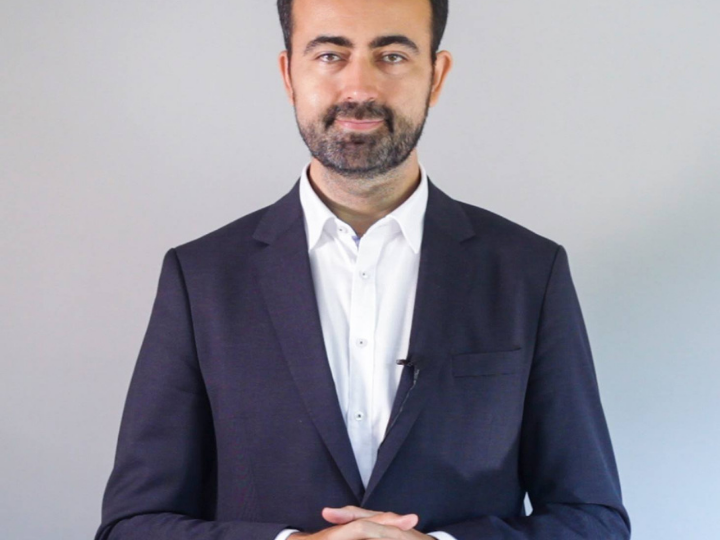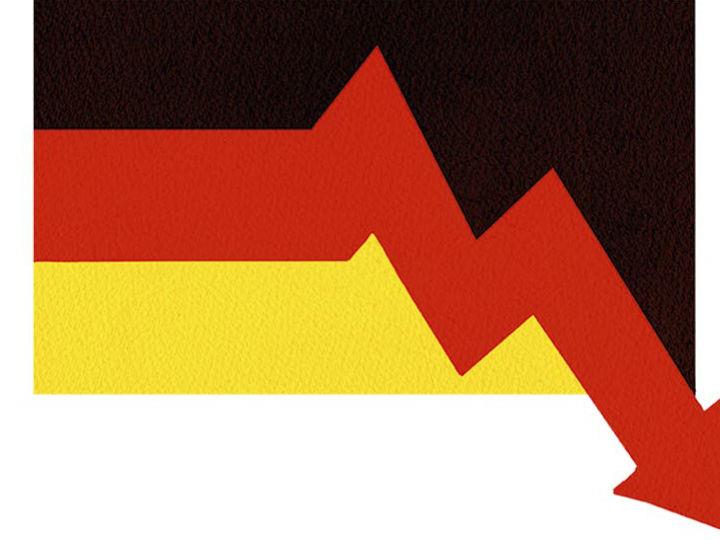by Radu Magdin
In the early 1950s, development economists were left wondering as to whether there is any hope for an Asian country receiving generous foreign aid. Labelled a ‘basket case’, which is to-say a country which will perpetually be in need of assistance, the situation was summarily labelled as disastrous.
With a booming population and sparse agricultural land, this primarily mountainous country seemed as if it may not even be able to feed itself. With limited natural resources, it wasn’t clear what industries it could develop, and its industrial base was poor at best: the garment industry provided most employment. With the mixed blessing of a vital strategic location, it often found itself to be the stage for regional and global power struggles, the pieces being left for it to pick up. Its internal politics seemed to be a mess at best; stuck between an often-buccaneering intelligence agency, a restless military establishment, and a corrupt yet nominally democratic administrative class, the prospects for the development of a functional state seemed bleak. Moreover, its culture seemed stuck in retrograde values which came across as development-resistant. Meanwhile, this unfortunate country’s neighbour to the south was a fast-growing, English-speaking trade hub which seemed destined to make a name for itself as a regional powerhouse.
The unfortunate basket case was South Korea. The star student was the Philippines. Today, one has one of the world’s highest GDP per capita in the world, is first in robotic automation and its high-technology wares can be found in many homes and offices worldwide. The other is known for dysfunctional politics, insurgencies and sometimes worse.
Pakistan finds itself in a similar position as did South Korea in the 1950s. While included in Goldman Sachs’ Next 11, meaning the next countries to keep an eye on after the BRICs, investors seem too often to consider this as saying more about the coining of terms than economic potential. That’s not for lack of data to suggest Pakistan is indeed an up-and-coming regional powerhouse.
A Stage Set
PwC estimates that by 2030 Pakistan will be the world’s 20th largest economy, reaching the 16th spot by 2050 in USD PPP terms. That would actually put it ahead of countries such as Italy, the Netherlands, Canada, Spain and even South Korea. Part of that is the effect of one of the world’s largest demographic expansions: The United Nations estimates, in its medium scenario projections, Pakistan’s population growing to 338,013,000 by 2050 and 403,312,000 by 2100. That would put it at almost half of China’s population in a similar timeframe and scenarios - and a third of India’s population.
Importantly, the population’s structure is currently in line for the demographic dividend which has often been the backdrop of many development successes: KPMG estimates that 12.1% of the current population is under the age of 4 and 34.2% under the age of 14 – with an over 61% of the population currently being between 14 and 65 years old. That makes it the 9th largest labour force in the world, with about 65.5 million pairs of hands available. Rapidly urbanising, 37% of its population is already living in urban areas – not that far from European Union countries such as Romania.
Moreover, Pakistan is, in some ways, the crown jewel in China’s Belt and Road Initiative with development aid, foreign investment and infrastructural development offered to deal with the most often met barriers to rapid economic growth.
In other words, the stage is set for Pakistan to follow in South Korea’s footsteps – and that with 400 million people. But it could also follow the Philippines’ footsteps – and in Pakistan’s case that wouldn’t translate to lower than hoped standards of living. It would translate into a potential humanitarian disaster whose ripples would be felt across Asia and possibly the world.
Two Military Men
Both South Korea and the Philippines eventually ended with two military governments, one led by General Park Chung-hee in South Korea and one by Major Ferdinand Marcos in the Philippines. Like in Pakistan, the degree to which actual power rests with the military is often a matter of the failure of civil governments to rise above family fiefdoms and sinecures, creating a leadership vacuum even if leadership positions are nominally filled. It might not make for great headlines, but it is often the reality on the ground.
That said, these two military men went on very different paths after coming into power. One was better known for questionable personal affairs and overseeing the country less than as a leader and more a distributor of patronage, cementing the family clans of the day rather than exposing them to market competition. The other, in South Korea, was of humble stock, with the military being his only opportunity to raise his station in life as a young man. He stuck to the values of that military, honour being chief among them. He formed a national unity government, and instead of distributing state patronage chose to get those clans to invest in the country in exchange of armistice. Instead of lavishing tax revenue on a corrupt state administration filled with sinecures, he reintroduced Confucian meritocracy and reformed the South Korean state. His hands were not always as clean as his supporters would claim, but in the choice between personal benefit and national interest, his choice was clear. And that choice in many ways set the country in motion for the development success that it stands as today.
The question, then, stands and it may very well determine which path Pakistan follows. There’s little to gain but integrity and honour following one path. There are every riches to gain from following the second example in a rapidly growing country. Thirty years from now, almost 350 million people will find out what Pakistan’s elite chose.




 By: N. Peter Kramer
By: N. Peter Kramer

